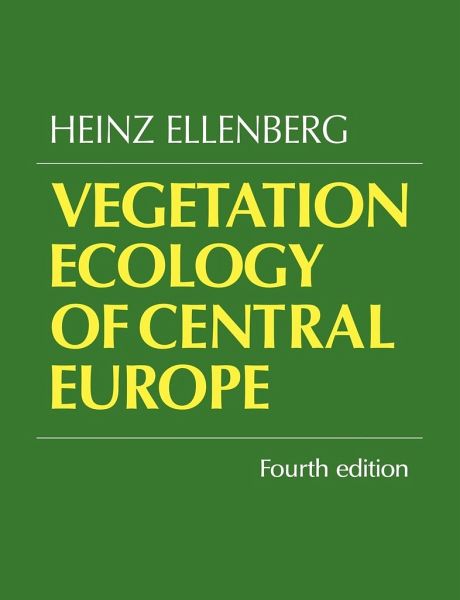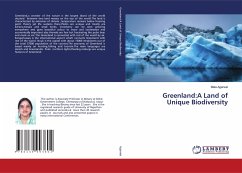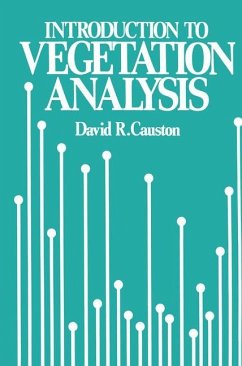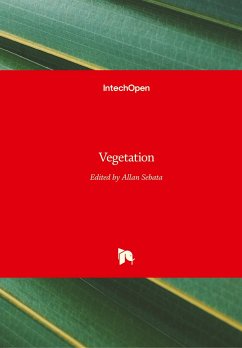
Vegetation Ecology of Central Europe
Versandkostenfrei!
Versandfertig in 1-2 Wochen
78,99 €
inkl. MwSt.

PAYBACK Punkte
39 °P sammeln!
English translation makes this unique book, now in its fourth edition, available to a wider audience. This book is without doubt the most important work ever published about the vegetation of central Europe and its ecology. No other book contains so much ecological information and discusses so many principles relevant not only to plant ecologists in continental Europe, but to ecologists and palaeoecologists in the British Isles and North America. Besides providing valuable syntheses of the major plant communities, Ellenberg details the ecology and environmental requirements of all the vegetati...
English translation makes this unique book, now in its fourth edition, available to a wider audience. This book is without doubt the most important work ever published about the vegetation of central Europe and its ecology. No other book contains so much ecological information and discusses so many principles relevant not only to plant ecologists in continental Europe, but to ecologists and palaeoecologists in the British Isles and North America. Besides providing valuable syntheses of the major plant communities, Ellenberg details the ecology and environmental requirements of all the vegetation types and discusses the climatic tolerances and ecological physiology of many of the major species. The account is based upon a life time of thorough field work and experimental investigation. One of the major messages to be gleaned from the book concerns the long-lasting and considerable effects of human activity upon the vegetation, and the book therefore has much to teach about the impact of agriculture and industrial pollution and highlights the need to plan carefully for the conservation of our rich natural and semi-natural environment.














